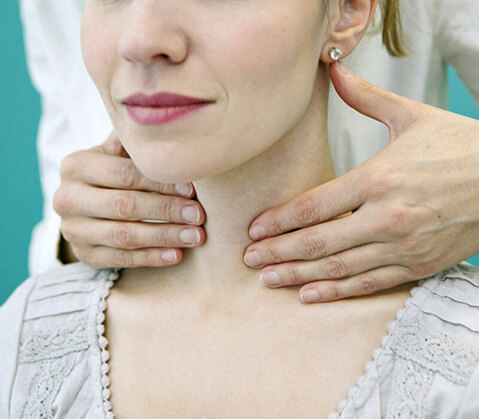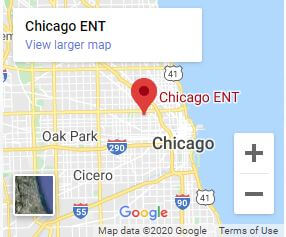We’ve come a long way with this life-saving device.
CPAP machines have been steadily improving since the first commercialized CPAP was introduced in the 1980s. The devices have become much smaller, quieter, much more comfortable, and more effective in treating sleep apnea. To see just how far CPAP technology has come, let’s peek back in time.
CPAP technology was first conceived by Dr. Collin Sullivan, an Australian physician. He was testing the idea of positive pressure to open the airway, but his research was initially only conducted on dogs. One day a patient came to his lab with signs of severe sleep apnea. This patient became the first human subject to be tested using continuous positive airway pressure.
The first machine was quite rudimentary. Dr. Sullivan fashioned the mask from plastic tubes and a silicone sealant. He fabricated the compressor in one afternoon and tested the device by increasing and decreasing the pressure to find the ideal level. After several hours of treatment, the patient reported restful sleep upon waking. Dr. Sullivan knew he was onto something with tremendous potential.
Dr. Michael Friedman, medical director at Chicago ENT was around for the advent of CPAP. He has treated more than 30,000 sleep apnea patients over his 30-year career.
“When I first started practice, there was no treatment for sleep apnea. There was no CPAP and there was no surgery. When CPAP came out, it was almost inconceivable to me that a patient would accept CPAP. And it was a rare patient that would even be willing to try it. When we would tell a patient that they were going to sleep with a mask on their face and there would be a machine pushing air, they thought we were out of our minds, and I often couldn’t believe that patients were willing to use it.
Feeling good is addicting.
“I had a good friend that had been working with sleep apnea patients, and I asked him, ‘How do you get patients to accept CPAP?’ And his answer was, ‘Feeling good is addicting, and once patients wake up and they feel 20 years younger, and they wake up not feeling like they need eight hours more sleep, they do not ever want to go back to that feeling.’ So, CPAP when it is used successfully, has amazing effects. It’s so common now that I almost never find a patient who doesn’t have a friend, a colleague, a family member, spouse – somebody who uses CPAP. Most patients are very willing to try CPAP.
“CPAP technology has really changed across time. There used to the notion of a big mask covering your face that looks like Darth Vader. That idea is gone. The new masks are soft, comfortable, often very low profile with a small amount of tubing that goes into the nose. Also, the size is much smaller. The size of a unit used to be as large as a suitcase and now they can be as small as a deck of cards.
“People also wonder about travelling with CPAP. My friend I mentioned earlier used to say, ‘If you can take your toothbrush, you can take your CPAP.’ CPAP is so common that a lot of the TSA lines instruct you to keep your CPAP separate for the x-ray machine. It’s also not counted as one of your carry-on bags. It’s a free bag.
“One of the other improvements is how quiet they’ve become. There is a common misconception that CPAP machines are noisy and disruptive. But I have yet to meet a bed partner who does not prefer the CPAP over snoring. It’s generally a quiet and soothing sound and is usually not a problem.
“There are also ‘smart’ models that can sense whether the CPAP is being used or if it’s sitting in a closet. It can also tell if the mask is properly secured or if there is a leak. In addition, it will know if obstructive events are occurring, and will supply a report with a sleep score and a summary of how the patient performed during the night with their CPAP. These data are crucial to fine-tuning the pressure settings, the comfort, and the type of mask that a patient will use.”
What’s next for CPAP?
According to the National Sleep Foundation, rates of sleep apnea are rising in the US and many people go undiagnosed. The real number of people with the disorder may even be as high as 30 million. CPAP remains the gold standard in sleep apnea treatment, and manufacturers are continually making changes to the masks to make them more comfortable. One of the more recent design improvements include built-in humidifiers that keep air moist, and full-face masks for people with beards.
It’s important to know that there are many alternative therapies, from an oral appliance to Inspire, an implanted device that works with your natural breathing rhythm to deliver mild and painless stimulation to keep your airway open during sleep. Chicago ENT currently offers 21 distinct treatments to control sleep apnea. To see one of our sleep specialists, call 773-296-5500.



















